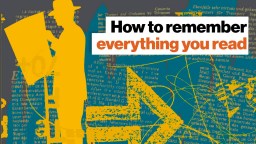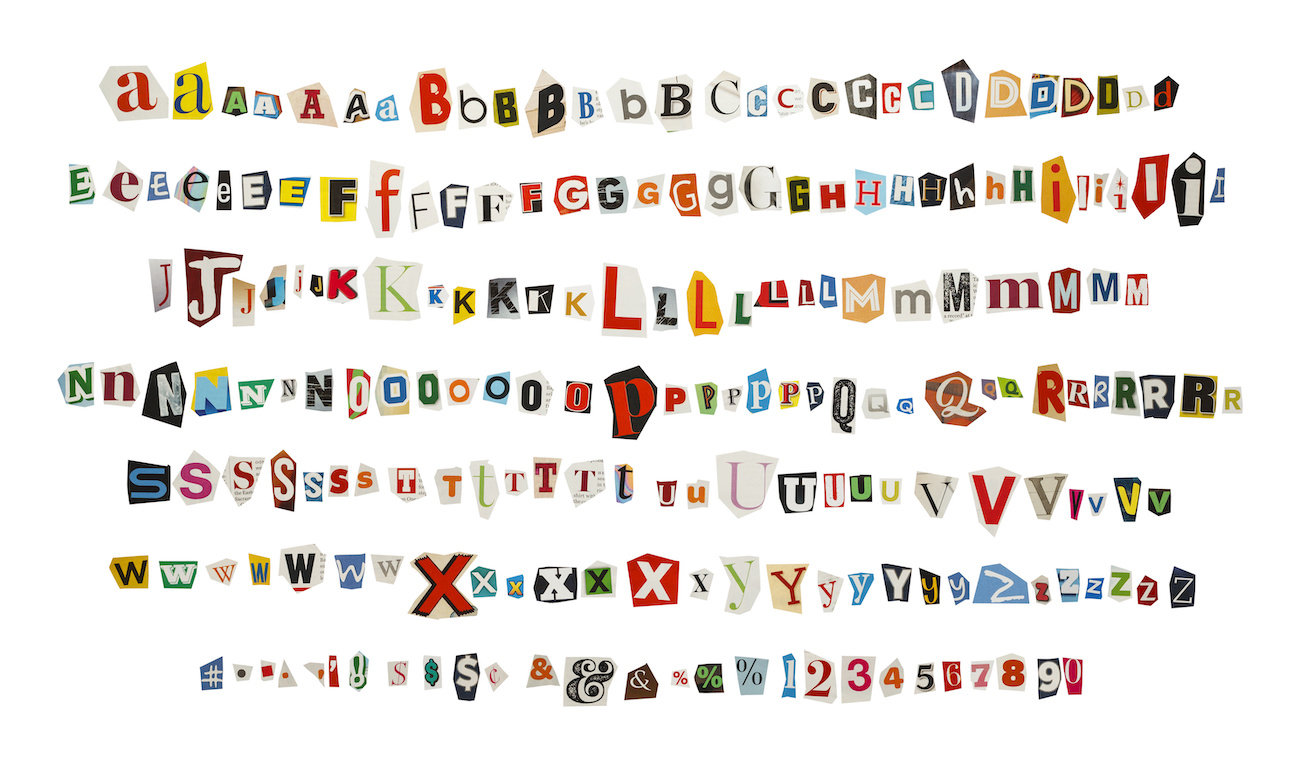Neuroscience shows that speed reading is bullshit

- While most people can read between 200 and 400 words per minute, speed readers clam to manage three or four times that amount.
- Speed reading programs claim to teach students how to read more quickly without reducing comprehension. Research shows that they don’t work. Speed readers are able to process more words per minute, but they remember less about what they have read compared to normal readers.
- The only way to read more quickly is to read more, in conjunction with expanding one’s vocabulary. Reading ability must be honed through effort, not gimmicks.
Forty years ago, Donald Homa, a professor of psychology at Arizona State University specializing in memory and the visual perception of linguistic stimuli, was contacted by officials at the American Speed Reading Academy with an extraordinary tale. Two of their pupils had achieved a reading rate in excess of 100,000 words per minute, more than ten times the speed of their average students and more than 300 times what college-educated adults can muster (between 200 and 400 words per minute). Would he be willing to assess their prodigious skills in a laboratory setting?
Curious, Homa happily obliged. In the lab, he tasked the two men with speed reading an entire college level textbook then taking a multiple-choice test to gauge their comprehension. After finishing the text in mere minutes, they took the test and absolutely bombed. They didn’t seem to have learned much of anything.
“The only noteworthy skill exhibited by the two speed readers was a remarkable dexterity in page-turning,” Homa concluded.
While this episode is admittedly anecdotal, it does exemplify what scientists have broadly learned about speed reading: It doesn’t work.
Two major reasons speed reading doesn’t work
For well over a half-century, speed reading courses all promise to drastically accelerate one’s reading ability with no detriment to comprehension. Proponents claim people can become speed readers by learning to take in more words with less eye movement and by silencing their inner speech that accompanies reading.
Summarizing decades of research in an article published in 2016, an all-star team of cognitive scientists and linguists specializing in reading ability and visual perception debunked both of these speed reading tenets.
First, how human vision works, including the very structure of the eye, simply doesn’t allow us to see words on the periphery of our visual field with enough clarity to fully take in their meaning. Thus, the notion that whole blocks of words can be understood at a glance is nonsensical. Moreover, experiments have repeatedly shown that speed readers’ peripheral vision is no better than normal readers’. It can’t be trained.
Second, silencing one’s inner reading voice can permit one to intake text more quickly, but it seems to come at the expense of comprehension. Sounds are key to language, so translating visual information into phonological (sound) form, even just in one’s head, is necessary for complete understanding of written words.
Reading, fast and slow
Still, those behind speed reading programs point to data showing that their students’ reading speed improves while maintaining comprehension. Pupils are given a pre-test and a post-test and generally experience sizable improvement. The authors of the 2016 report countered that these are generally bogus.
“Sometimes the pre-test is harder than the post-test, and other times trainees are tested repeatedly on the same material. In both cases, it is inevitable that their performance will be better on the post-test merely because of the relative difficulty of the tests or because of repeated exposure.”
When scientists have rigorously scrutinized speed reading courses, they have repeatedly found that students do indeed boost their reading rate, measured in words per minute, but this acceleration comes at the expense of comprehension. The faster people read, the less they remember what they have read.
Nowadays, there are apps that purportedly make speed reading easy. Most of these present a text’s words one at a time in the same spot, allowing the user to adjust the presentation speed. This method, termed rapid serial visual presentation, permits the reader’s gaze to remain fixed — eliminating the supposedly wasteful need to scan from word to word. Alas, these apps don’t work either. As users adjust the text presentation speed up, their comprehension falls.
Take a look, it’s in a book
So if speed reading is bogus, is there any way to read more quickly? Yes, the authors of the blockbuster 2016 report say. The answer is to read more, in conjunction with expanding one’s vocabulary. Such practice is admittedly time-consuming, but like so many other skills that require hours and hours of repetition to perfect, reading ability must be honed through effort. Like a pianist playing every day for years, a basketball player taking endless shots, or a pilot spending thousands of hours in the air, expertise takes time. It cannot be taught via a 12-week training program.





